Understanding Sciatica and Sciatic Nerve Pain
Sciatica pain can manifest in many different ways: some patients describe it as a sharp, shooting sensation like an electric shock, while others experience burning, tingling, numbness, or a persistent ache that ranges from mildly annoying to completely debilitating. You might find that certain positions make the pain worse. Sitting for long periods, standing up from a seated position, or even coughing and sneezing can trigger or intensify your symptoms.
We understand how profoundly sciatica pain can disrupt your daily life. Many of our patients come to us after weeks or months of struggling with discomfort that’s affected their ability to work, exercise, drive, or even get a good night’s sleep. What makes sciatica particularly challenging is that it’s not a condition itself, but rather a symptom of an underlying problem affecting the sciatic nerve. This is why accurate diagnosis is so crucial for effective treatment.
At Pain Management of North Dallas, we take the time to thoroughly evaluate your condition, listen carefully to your symptoms, and conduct comprehensive examinations to identify the specific cause of your sciatic nerve pain. Our physicians understand that no two cases of sciatica are exactly alike, and we’re committed to addressing the underlying issue causing your sciatic pain.
What Causes Sciatica?
Understanding what’s causing your sciatica is the first step toward finding effective relief. The sciatic nerve can become irritated or compressed at various points along its path, and identifying the specific source of pressure or inflammation allows us to develop a targeted treatment strategy. While many people assume all lower back pain is the same, sciatic pain has distinct characteristics because it involves nerve compression rather than simple muscle strain or general back discomfort.
The most common causes of sciatica include:
- Herniated disc
- Spinal stenosis
- Degenerative disc disease
- Piriformis syndrome
- Spondylolisthesis
- Bone spurs
- Trauma or injury
During your initial consultation, our sciatica pain experts will conduct a thorough evaluation to learn more about your medical history, assess current pain levels and symptoms, and review any necessary imaging to pinpoint the exact cause of your sciatica.
Get Pain-Relieving Sciatica Treatment in North Dallas
Our team at Pain Management of North Dallas offers a comprehensive range of treatment options specifically designed to provide effective sciatica relief while addressing the underlying cause of your nerve pain.
For many patients, we start with conservative management strategies that allow your body to heal naturally while we control inflammation and pain. This may include physical medicine focused on strengthening your core and back muscles, improving flexibility, and taking pressure off the sciatic nerve through specific exercises and stretches. We often recommend activity modification strategies that help you avoid positions and movements that aggravate your symptoms while maintaining appropriate activity levels. Medication management may include anti-inflammatory medications, muscle relaxants, or nerve pain medications.
Our pain clinics throughout Frisco, Plano, McKinney, and Dallas make it convenient to access expert sciatica treatment close to your home or workplace. We’re dedicated to helping you heal from sciatica and regain your mobility, return to work and activities you enjoy, and achieve lasting relief that improves your overall quality of life.
Ready to learn more about how we can help with your sciatica? Request an appointment with one of our experienced board-certified pain specialists today at Pain Management of North Dallas.
Frequently Asked Questions About Sciatica Treatment in North Dallas
How long does sciatica typically last?
The duration of sciatica varies significantly depending on the underlying cause and treatment approach. Acute sciatica from a mild herniated disc or muscle inflammation often improves within a few weeks with appropriate conservative treatment. However, some cases can persist for months or become chronic if left untreated or if the underlying condition is more severe. The good news is that with proper diagnosis and treatment, most people experience significant improvement.
Is bed rest recommended for sciatica?
While it’s natural to want to rest when you’re in pain, prolonged bed rest is generally not recommended for sciatica and can actually make symptoms worse. Extended inactivity can lead to muscle weakness, stiffness, and reduced flexibility, all of which can prolong your recovery. Instead, we recommend staying as active as your pain allows, avoiding positions and activities that worsen symptoms while maintaining gentle movement. Short periods of rest are fine when pain is severe, but gradually returning to normal activities as tolerated typically leads to better outcomes than extended bed rest.
Can sciatica cause permanent nerve damage?
While sciatica itself rarely causes permanent damage, severe or prolonged nerve compression can potentially lead to lasting problems if left untreated. Warning signs that require immediate medical attention include progressive leg weakness, loss of bowel or bladder control, or numbness in the saddle area (inner thighs and buttocks). These symptoms may indicate cauda equina syndrome, a rare but serious condition requiring emergency treatment. For most cases of sciatica, timely diagnosis and appropriate treatment can resolve symptoms completely without permanent effects.
What's the difference between sciatica and general lower back pain?
While sciatica often involves lower back pain, its distinguishing feature is pain that radiates down the leg, typically following the path of the sciatic nerve through the buttock and down the back or side of the leg. General lower back pain usually stays localized in the back and doesn’t extend below the buttocks. Sciatic pain may also be accompanied by tingling, numbness, or weakness in the affected leg, symptoms that indicate nerve involvement rather than simple muscle or joint pain.

















